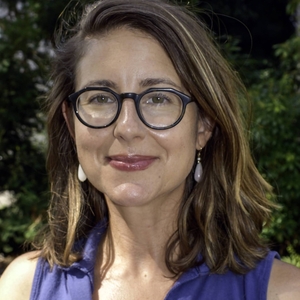The Poorvu Center for Teaching and Learning is an advocate of inclusive teaching practices and strongly supports the University’s accessibility policy.
Accessibility
According to the Department of U.S Education, accessibility is reached when a person with a disability is afforded equal opportunity “to acquire the same information, engage in the same interactions, and enjoy the same services as a person without a disability.” Therefore, the goal of creating accessible courses is to provide a flexible and robust learning environment where all students can thrive, regardless of disability. Some key questions to ask yourself are:
- Can all of my students access and benefit from my course’s physical and digital materials, including those with disabilities?
- Will all of my potential students be able to participate in core class activities, regardless of their disability?
- Can students demonstrate their achievement of learning goals without confronting unnecessary obstacles that may discriminate against some of them unfairly?
To help improve the accessibility of course materials, contact the Digital Accessibility Specialist, your local faculty support staff, or the Library’s Course Reserves staff. The staff of the Poorvu Center, in partnership with Information Technology Services, the University Library, and local support providers in Yale’s professional schools, offer a range of services to help Yale instructors.
For additional support, see our list of Course Accessibility Support Contacts. We provide some additional strategies when thinking about how to make your course accessible.
